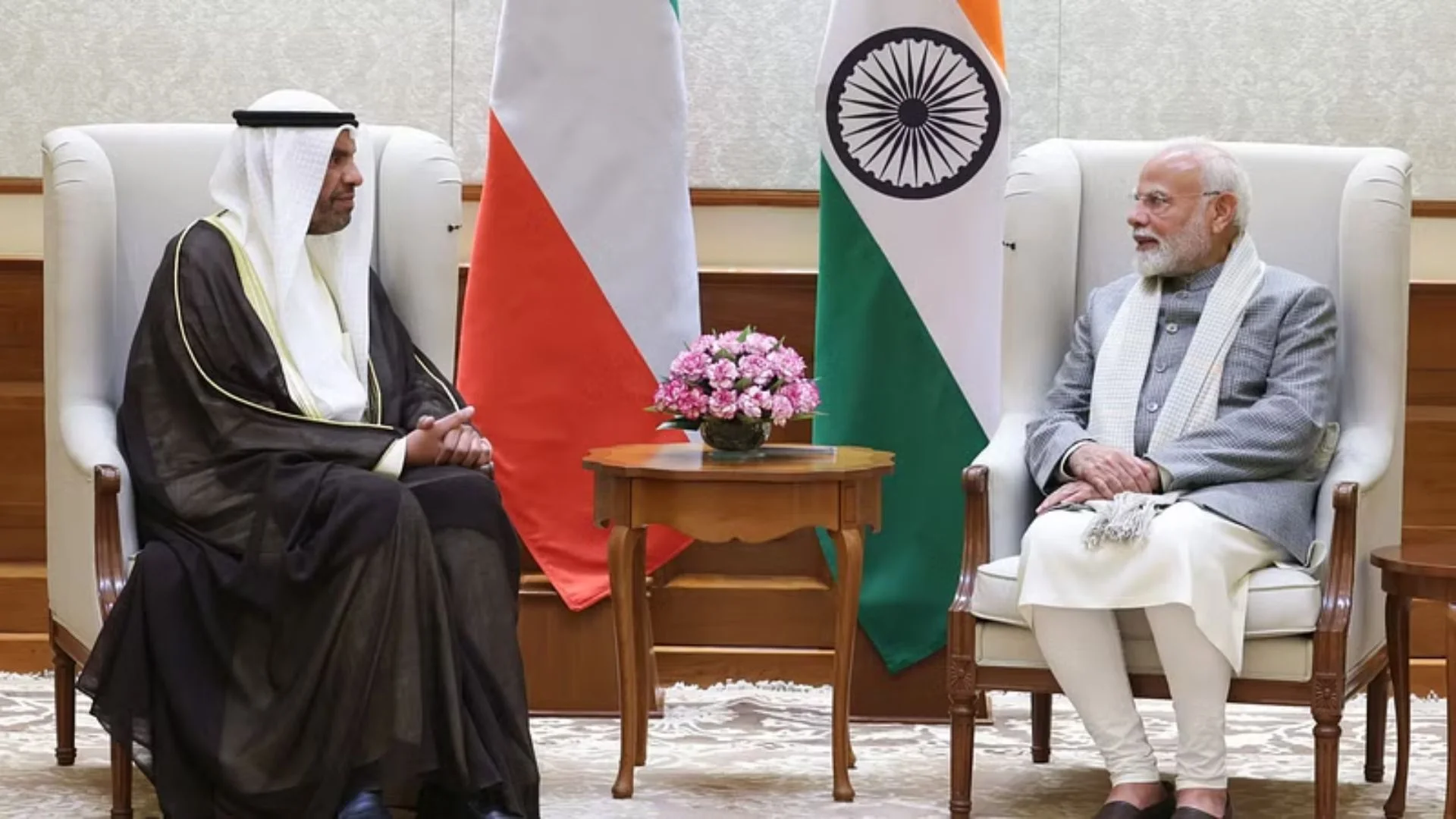A severe heatwave swept across the United States, smashing temperature records and triggering warnings across affected areas on Sunday. In the West, temperatures soared above 110 degrees Fahrenheit (43.3 degrees Celsius), with places like Redding, California, hitting a record high of 119 F (48.3 C). Death Valley reached a scorching 128 F (53.3 C), leading to tragic consequences as one motorcyclist died from heat exposure and another was hospitalized.
Despite the dangers, some visitors found the extreme heat thrilling, calling it a bucket list experience to witness record-breaking temperatures in Death Valley. Others sought refuge in cooler spots like water parks or higher elevations.
The heatwave also fueled wildfires across California, including the Lake Fire in Santa Barbara County, which burned over 25 square miles (66.5 square kilometers) of land by Sunday, prompting evacuations.
In Arizona’s Maricopa County, at least 13 heat-related deaths have been confirmed this year, with more under investigation. This underscores the importance of staying hydrated, avoiding prolonged outdoor exposure, and checking on vulnerable individuals during extreme heat.
Looking ahead, forecasters predicted even hotter temperatures, nearing 130 F (54.4 C) in Death Valley, approaching the Earth’s highest recorded temperature of 134 F (56.67 C). As communities brace for more extreme weather, the heatwave serves as a stark reminder of the growing challenges posed by climate change and the urgent need for measures to protect public health during such events.







